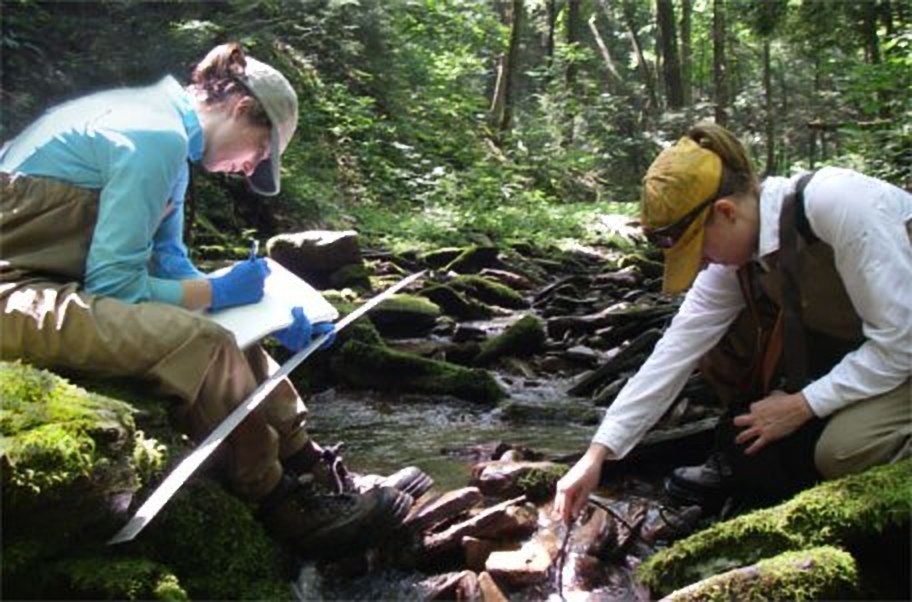A new study reports that scientists have pinpointed 22 key research questions associated with the risk of an increased amount of chemicals in the environment.
Increased release of chemicals into the environment due to human activities is leading to loss of biodiversity, recurring natural disasters, food shortage, droughts and energy loss. It is also negatively affecting human health and causing the degradation of environmental quality.
The international study was published recently in the journal Environmental Toxicology and Chemistry. Led by scientists from the University of York, the study has determined the 22 most important key research issues that should be the focus of environmental researches in the upcoming next decade.
The 22 research questions includes issues like identifying chemicals which are the most dangerous for European populations and ecosystems since many key contaminants are found in Europe. The list also talks about how authorities and people can work together to come up with new methods to save the environment.
Dr Alistair Boxall from the University of York’s Environment Department, who is also one of the lead author’s of the study said, “Our research has highlighted international scientists’ research priorities and our key knowledge gaps when it comes to the risks and impacts of chemicals”.
“This research is part of a much larger global horizon scanning exercise co-ordinated by the Society for Environmental Toxicology and Chemistry. Similar studies to ours are being performed in North America, Latin America, Africa, Asia, and Australasia. Taken together these exercises should help to focus global research into the impacts of chemicals in the environment”, added Boxall.
The study will help bring into focus issues that actually need scientific attention and encourage authorities and scientists to make informed decision son policies related to the environment.
In the report, the research team stressed that the negative effects of the chemicals on human health and the environment should be given the same importance as other problematic factors.
“Considering chemicals in isolation can result in a simplistic assessment that doesn’t account for the complexity of the real world. For example, a fish won’t be exposed to a single chemical but to hundreds if not thousands of chemicals. Other pressures, such as temperature stress, will also be at play and it is likely that these components work together to adversely affect ecosystem health”, concluded Boxall.

